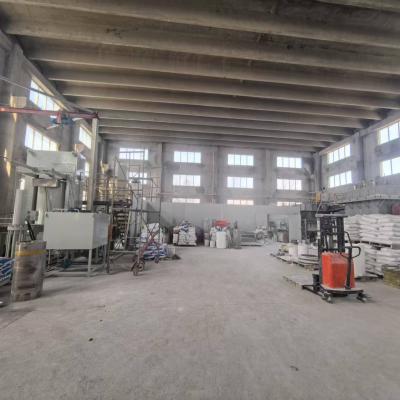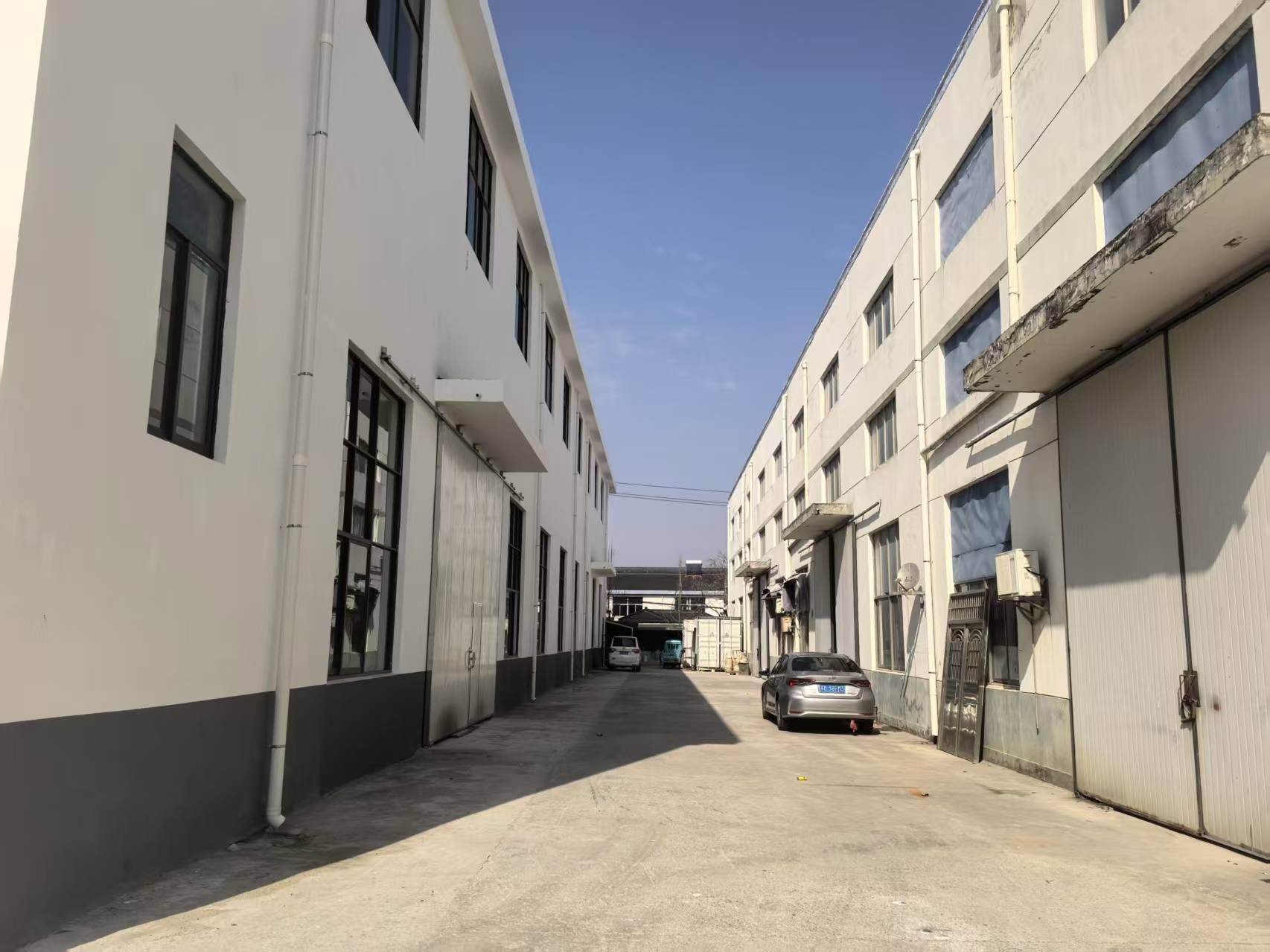
Innovative product boast outstanding compositional features, positioning them perfect for a varied selection of uses. Arising from astronautical and driving to electrical apparatus, these constituents are constantly progressing to comply with the needs of alumina bar a current context.
- Their sturdiness and against to extreme climates make them crucial for state-of-the-art devices.
- Also, technical ceramics furnish merits in terms of performance, promoting the advancement of revolutionary methods.
Industrial Matter: Fashioned for Remarkable Operation
Fabricated ceramics excel in tough tasks due to their outstanding features. Crafted from premium raw substances and exposed to meticulous processing techniques, these state-of-the-art compounds reveal outstanding toughness, abrasion resistance, and endurance to extreme climatic conditions, chemical attack, and abrasion. From space ingredients to engraving tools, industrial ceramics present remarkable quality across broad fields. Their versatility allows withstanding extreme locales, certifying survival and dependability. As refinement progresses, the appetite for state-of-the-art substances grows, cementing the major part of industrial ceramics in shaping a fortified tomorrow.
High-Tech Ceramics: Extending Substance Frontiers
Structures, showing unique sturdiness and longevity, are encountering a metamorphosis. Cutting-edge ceramics, created with exact control over their arrangement and microstructure, defying the bounds of what's conceivable. These ceramics carry a ample assortment of facets, making them ideal for hard domains such as spacecraft, clinical field, and utilities. From thin parts that survive extreme climatic environments to non-toxic implants that integrate seamlessly with the living system, advanced ceramics are recasting our sphere.
Fine Ceramic Fabrication: Handling Critical Standards
Advanced ceramic fabrication has developed substantially in recent years, authorizing the manufacturing of complex and highly effective ceramic modules. These units are key across a wide range of sectors, including outer space, health, and gadget domains. Attaining the demanding benchmarks for these incidences calls for exact fabrication techniques that maintain dimensional faithfulness, surface polish, and material specifications. Next-generation ceramic fabrication processes leverage multiple methods, including slip casting, injection molding, and additive manufacturing. These techniques allow the manufacture of complex forms and fine characteristics with supreme accuracy. Additionally, advances in substance science have resulted in new ceramic mixes endowed with improved qualities. These forms innovate increased toughness, sturdiness, and tolerance to extreme hotness conditions, empowering their use in critical sectors.
The expectations for detailed ceramic fabrication are immense. As examinations and refinement continue, we can count on even more refined methods and ceramics that will further broaden the limits of what is within reach in this domain.
Top-Performing Ceramic Forms for Extreme Circumstances
Ceramic composites feature extraordinary durability and safeguards against harsh settings, making them well suited for critical assignments in defense domains. These modern ceramics can withstand intense temperature-related loads, fight damage, and retain their functionality under rigorous dynamic pressures. Their unmatched morphological features enable reliable operation in harsh environments, including thermal reactors, propulsion systems, and energy generators.
- Ceramic matrix composites
- Thermal endurance
- Decreased bulk
Composite Ceramics: Uniting Power and Usefulness
Alloyed ceramics showcase a significant mix of mechanical resilience and distinct functional features. Through the merging of ceramic fragments within a framework, these compounds achieve excellent skills. This mixture results in heightened protection against high temperature stress, wearing, and chemical degradation, rendering them perfect for strict operations in outer space, automobiles, and power places. Furthermore, ceramic composites are modified to possess specialized properties like electrical conductivity or biocompatibility, widening their applicability across diverse sections.
Internal Governance in Cutting-Edge Ceramics
Accomplishing targeted properties in modern ceramics regularly demands detailed direction over their grain configuration. A variety of treatment conditions, including sintering temperature, length, and atmosphere, alongside the combination of dopants or secondary phases, notably shape the disposition of crystals, pore space, and other microstructural elements. Careful tailoring of these factors allows for the improvement of hardness, breakage resistance, and heat conductivity. Such as, lifting the sintering heat intensity can stimulate grain expansion, thus increasing mass concentration and improving mechanical effectiveness. Conversely, controlling the firing atmosphere may affect the oxidation state of the ceramic, thereby influencing its electrical impedance or magnetic traits. Perceiving these relationships between microstructure and properties is vital for designing advanced ceramics with fine-tuned characteristics suitable for numerous functions.
Hardness-Boosting Ceramics: Enhancing Resilience
For challenging manufacturing sectors, where items are strained to constant grinding and breakdown, compounds with superior toughness are essentially needed. Wear-resistant ceramics have materialized as a foremost fix, yielding unparalleled toughness and functionality in diverse markets such as production, mining, and aerospace. These cutting-edge composites possess a unique morphology that boosts their capability to withstand crumbling. By using the native sturdiness and compactness of ceramic materials, engineers can craft long-lasting modules capable of enduring the most severe operating environments.
Health-Safe Compounds: Roles in Clinical Practice
Medical-grade ceramics have changed the medical specialty, presenting an array of valuable traits for various applications. These articles are passive within the anatomy, minimizing inflammatory responses and promoting mending. A prime function for biocompatible ceramics is in surgical implants, where their rigidity sustains long-lasting hold to damaged cells.
Additionally, they are deployed in prosthetic teeth, yielding a sturdy and harmonious solution for oral reconstruction. Ceramics also exercise a key position in controlled release technologies, contributing to the accurate application of drugs to specific zones within the biological makeup.
- Furthermore, biocompatible ceramics are repeatedly being explored for organ regeneration, serving as a framework for wound healing.
- For that reason, the possibility of biocompatible ceramics in healthcare looks encouraging, with continual efforts expanding their functions.
Advanced Ceramic Sensors: Supporting Trustworthy Observations
Ceramic sensors have arisen as essential parts across a extensive array of applications. These instruments leverage the singular features of ceramic forms to deliver highly accurate assessments. Their fortitude in {demanding|harsh| 